Aquaponics is a method of growing plants, vegetables and fish in harmony. It is an eco-friendly, sustainable and self-sufficient way to cultivate food that harnesses both natural ecology and hydroponics techniques. In Aquaponics, aquatic creatures such as fish create waste that feeds the plants while the water cycles continuously through the system, similar to how a lake works in nature. Here’s a closer look at what is Aquaponics and how it can help sustain our planet.
Table of Contents
ToggleDifferences Between Aquaponics & Hydroponic Systems
The differences between aquaponics and hydroponic systems are quite distinct. Hydroponics is a method of growing plants without soil, using nutrient-rich water instead. Aquaponics takes this one step further by combining fish and plant production into one system. This closed-loop process recycles water between the two components, creating a natural ecosystem where fish waste provides nutrients for the plants while the plants clean and filter the water that’s returned to the fish tank. In addition, aquaponics requires fewer inputs than traditional farming methods, saving land space and reducing environmental impact.
A Natural Ecosystem
The big idea behind Aquaponics is mimicking Mother Nature as closely as possible, without all the inputs required for traditional agriculture. In an aquaponic ecosystem, fish live with their food waste being recycled by bacteria in a closed-loop process. The bacteria convert ammonia from decomposing organic matter into nitrates which provides the plants with essential nutrients they need to survive. This eliminates the need for chemical fertilizers which increases crop yields while still protecting freshwater sources from contamination and runoff.
Water Circulates Continuously
Unlike traditional farming models which involve planting crops along rivers or streams and waiting for them to receive water sourced from these bodies of water, Aquaponics relies on a cycle involving multiple steps within a single system. Water circulates between two components – one component houses the fish while the other component grows vegetables, fruits or herbs – keeping nutrient levels steady throughout each cycle and resulting in healthy fish populations and abundant harvests of produce grown organically.
Oxygen Levels
The oxygen levels in an aquaponic system are essential for the health of both the fish and plants. The oxygen is provided by a combination of air pumps, diffusers, water pumps, and aeration systems. Air pumps provide oxygen to the fish tank while diffusers release tiny bubbles into the water which help to increase oxygen levels. Water pumps move water throughout the system which helps to distribute oxygen evenly. Additionally, aeration systems help to increase dissolved oxygen levels in the water by creating turbulence or current in the tank which allows more air to enter and circulate around it. By maintaining adequate levels of dissolved oxygen, aquaponics can ensure that both fish and plants have access to a healthy environment. (Read More About Aquaponics Oxygen Levels)
Uses Recycled Resources
Aquaponics requires only basic inputs such as fish feed and electricity to fuel pumps used for circulating water between different components and irrigating plants; this means that even though you’re not using additional resources such as soil or fertilizer to grow your crops – you can still rely on recycled materials like wastewater from domestic households or industrial production sites instead which helps reduce environmental damage caused by pollutants with no additional cost involved!
Saves Land Space
By taking advantage of vertical space when building an aquaponic system – stacking modules containing various elements like tanks and beds on top of one another – cultivators can cram far more into smaller areas than traditional farming methods allow resulting in considerable savings on land that would otherwise be lost due to urbanization or other constraints such land leases etc., further helping maintain fragile ecosystems like those found near city centers or coastal regions prone to rising sea levels due to climate change effects!
Faster Plant Growth
Plants can grow faster with aquaponics than with traditional soil-based gardening techniques. Unlike soil fertilization, aquaponics provides both nutrition and water to the plant at the same time. This allows for faster absorption of nutrients into the plant and fewer disturbances in growth cycle due to changes in water or fertilizer concerns. There are also several factors that can affect how fast your plants grow in an aquaponic system such as light levels, temperature fluctuations, nitrate levels and pH balance, so it’s important to keep these things consistent if you want fast growth rates in your system. That’s why many people who use aquaponics choose varieties of plants (eg spanish moss, lettuce) that don’t require high amounts of nitrogen or specific pH levels for optimum health — allowing them to get faster results when planting their crops without having to worry about micromanaging small details too much.
Plant Roots In Aquaponics
The roots of plants in an aquaponic system are submerged in water, which means they don’t require soil to grow. This is beneficial as it eliminates the need for tilling and other labor-intensive farming practices. Additionally, since the roots are constantly exposed to oxygenated water, they can absorb more nutrients than those growing in soil, leading to faster growth and higher yields. The water in an aquaponic system also acts as a natural fertilizer for the plants, providing them with essential minerals like calcium, potassium and magnesium that would otherwise be found in soil. This means that you don’t have to worry about adding additional fertilizers or supplements to your plants — allowing you to save time and money while still enjoying healthy harvests.
Aquaponics In Your Backyard
Backyard aquaponics is becoming an increasingly popular way to produce fresh food in a natural and sustainable way. The best reward from owning a backyard aquaponics system is being able to enjoy delicious fresh produce all year long! The taste difference between store bought fruits/veggies versus home grown produce grown under an organic sustainability method such as aquaponics will give anyone quality satisfaction – not considering mention about cost reduction in comparison which also goes hand-in-hand when discussing organic living solutions! Enjoy harvesting the fruits you grow from nothing else but water & natural sunlight.
Ideal Fish Tank For Aquaponics?
When it comes to the fish tank for aquaponics, it is best to use a tank that is not made of plastic. Plastic can leach chemicals into the water which can be harmful to your fish and plants. The best type of tank for aquaponics is one made out of glass or acrylic. These materials are non-toxic and will not leach any chemicals into the water. It is also important to choose a tank that has plenty of room for your fish to swim around and enough space for your plants to grow. Additionally, you should ensure that the tank has proper aeration and filtration systems in place in order to keep the water clean and healthy.
Maintaining Water Temperature In Aquaponics
Maintaining the correct water temperature in your aquaponic system is essential for the health of your fish and plants. The ideal temperature range for most aquaponic systems is between 68-86°F (20-30°C). If the water gets too cold or too hot, it can lead to stress on the fish, which can cause disease or death. It’s also important to note that different fish species require different water temperatures, so it’s important to research what species you plan to introduce into your system. In order to maintain the correct temperature range, you will need a heating and cooling system. Depending on your budget and needs, this could be as simple as a fan and an aquarium heater, or you could invest in a more sophisticated heating and cooling system.
Understanding Bacteria in Aquaponics
In aquaponics systems, beneficial bacteria form what’s known as “the nitrogen cycle.” The nitrogen cycle begins when fish waste enters an aquaponic system and ammonia is produced, which bacteria then convert into nitrites and then nitrates. These nitrates are assimilated by plants, allowing them to grow healthfully. Fishermen understand this natural process very well because it takes place naturally in large bodies of water; however, it must be managed in order to keep levels safe for both fish and plants. Without beneficial bacteria, ammonium levels increase exponentially causing many problems such as impeding plant growth due to lack of nutrients or even killing off the whole crop due to ammonia poisoning! It is not only important for the crops being grown but also for the health and safety of your fish as well! Therefore, good bacterial colonies need to be present in every aquaponic system. (Read More About Bacteria In Aquaponics)
Ensuring Proper Bacterial Levels
The best way to ensure proper bacterial levels are present in your aquaponic system is through regular testing with an aquarium test kit. You can use multiple types of tests including ammonia or pH tests depending on what type of information you need from your results but the most important test would be a Nitrate Test since it will give you direct information on if there are enough beneficial bacteria colonies present in your setup. Additionally, adding some sea salt or additives like hydrogen peroxide can help boost up bacterial growth rates so it may be another useful tactic when starting out with a new system!
Ideal For Any Environment
Finally, what makes aquaponic systems so appealing is their ability to be adjusted according to specific climates and terrains giving users control over their growing conditions ensuring quality harvests regardless if located in arid deserts or cold regions far away from large bodies of fresh water… making this form of gardening ideal for anyone looking for ways to produce organic produce year round without expending too much time and effort!
Conclusion
Aquaponics is an incredibly efficient and sustainable way of growing plants while also raising fish. By understanding the basics of aquaponics, such as the nitrogen cycle, water temperature, and bacteria levels, you can ensure your aquaponic system runs smoothly and efficiently.
The I Will Projects, a 501(c)3 organization serving communities since 2014, believes in multiple solutions to address global challenges. Our IFIZ education programs focus on general aquaponics, growing microgreens and sprouts, and insect farming. These programs empower communities by expanding knowledge, developing collaboration, and advocating for sustainable innovation. Our aim is to contribute to a regenerative food system, ensuring access to healthy food and recognizing food as medicine. Click Here to Learn More.
References:
en.wikipedia.org/wiki/Aquaponics
gogreenaquaponics.com/blogs/news/what-is-aquaponics-and-how-does-it-work
extension.okstate.edu/fact-sheets/aquaponics.html
youmatter.world/en/definition/aquaponics-sustainable-benefits-system/



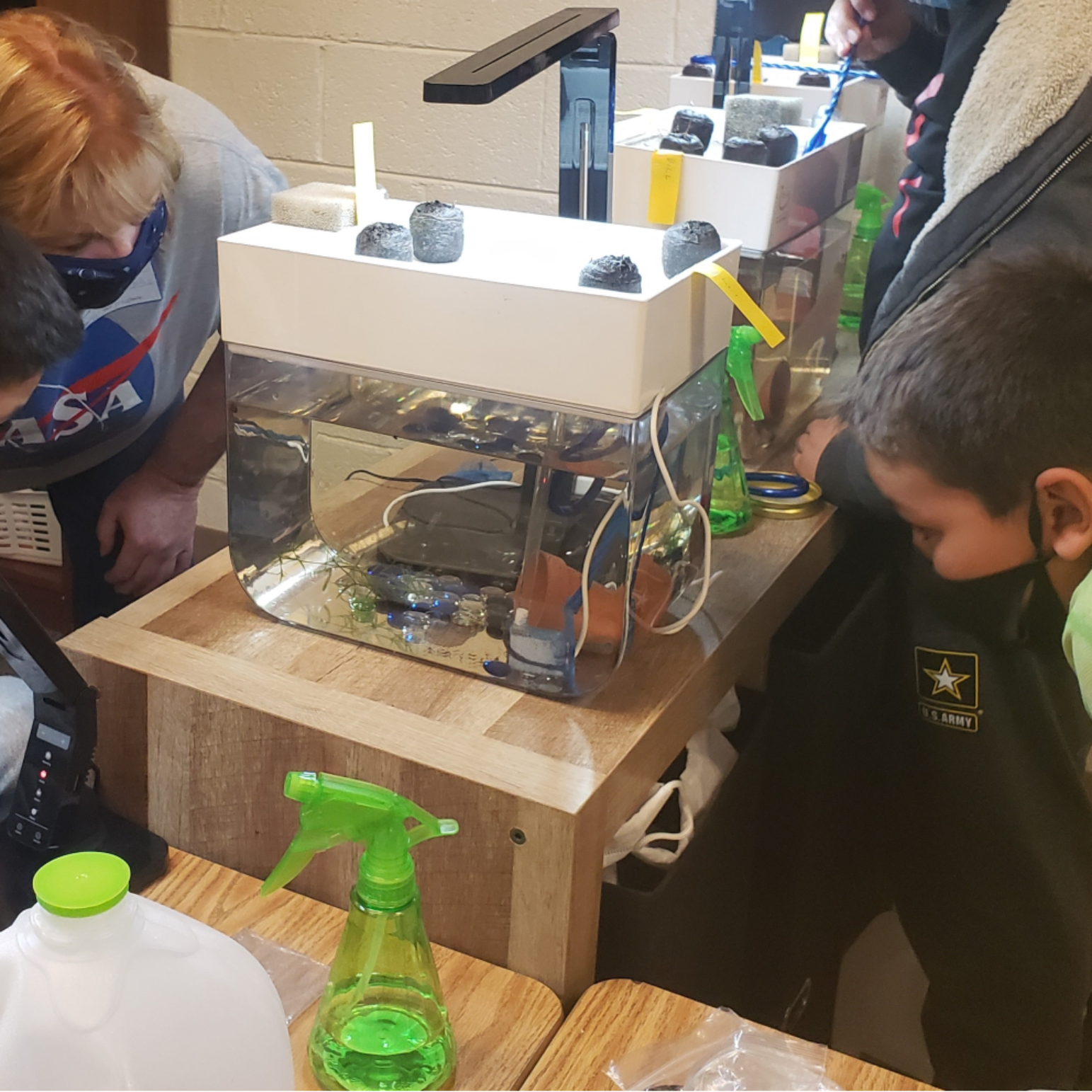
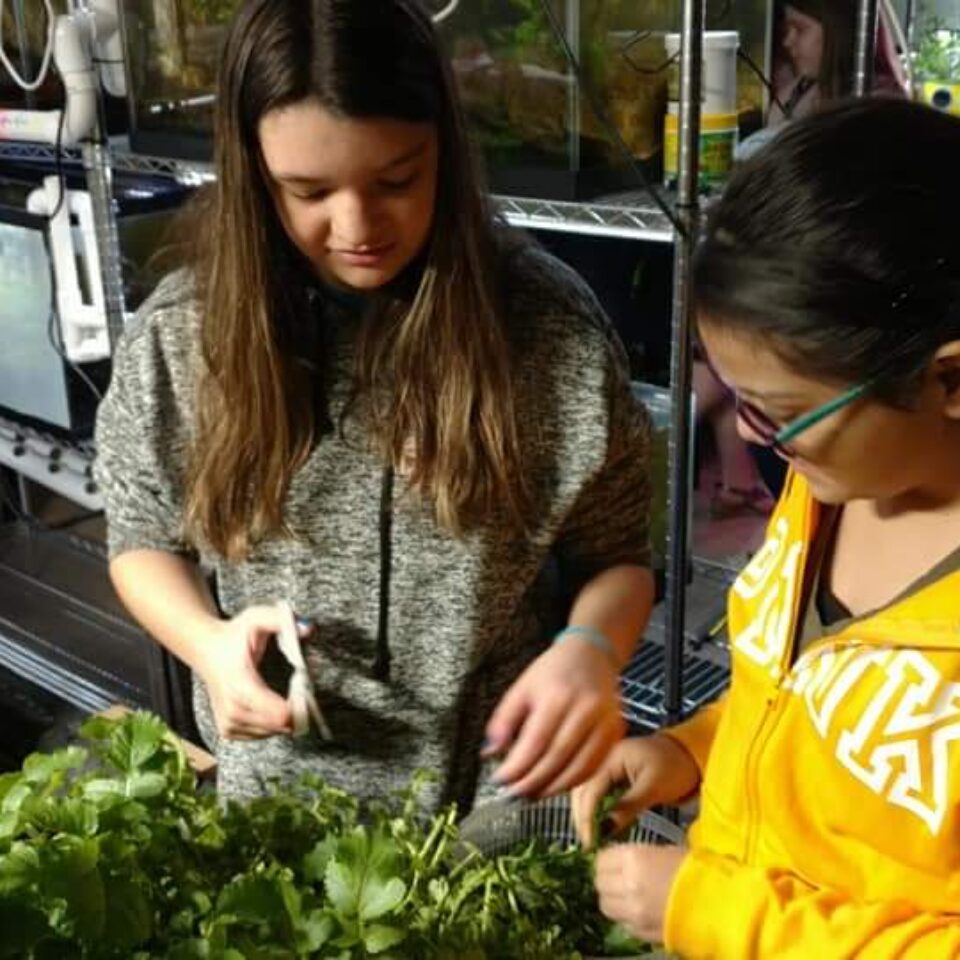
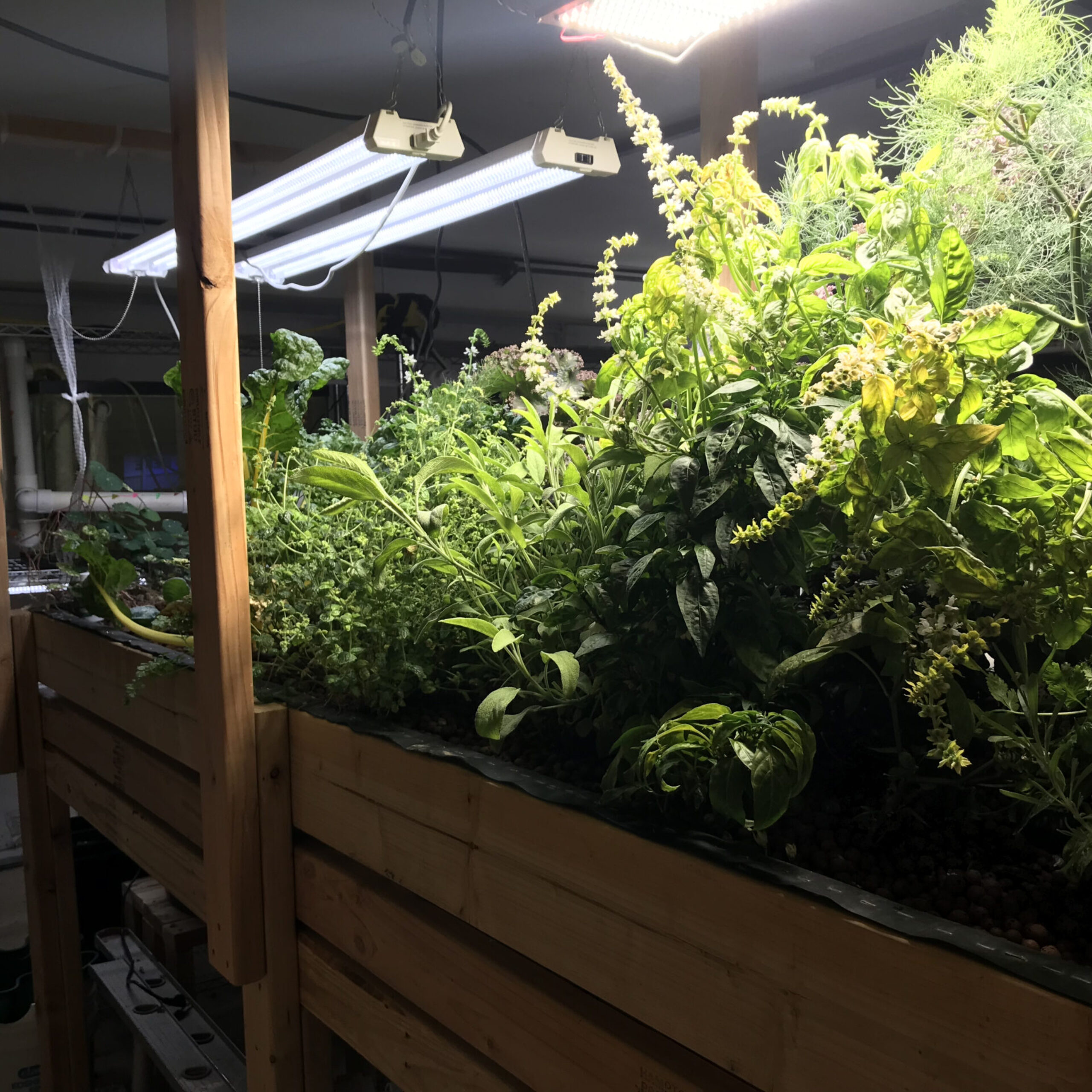
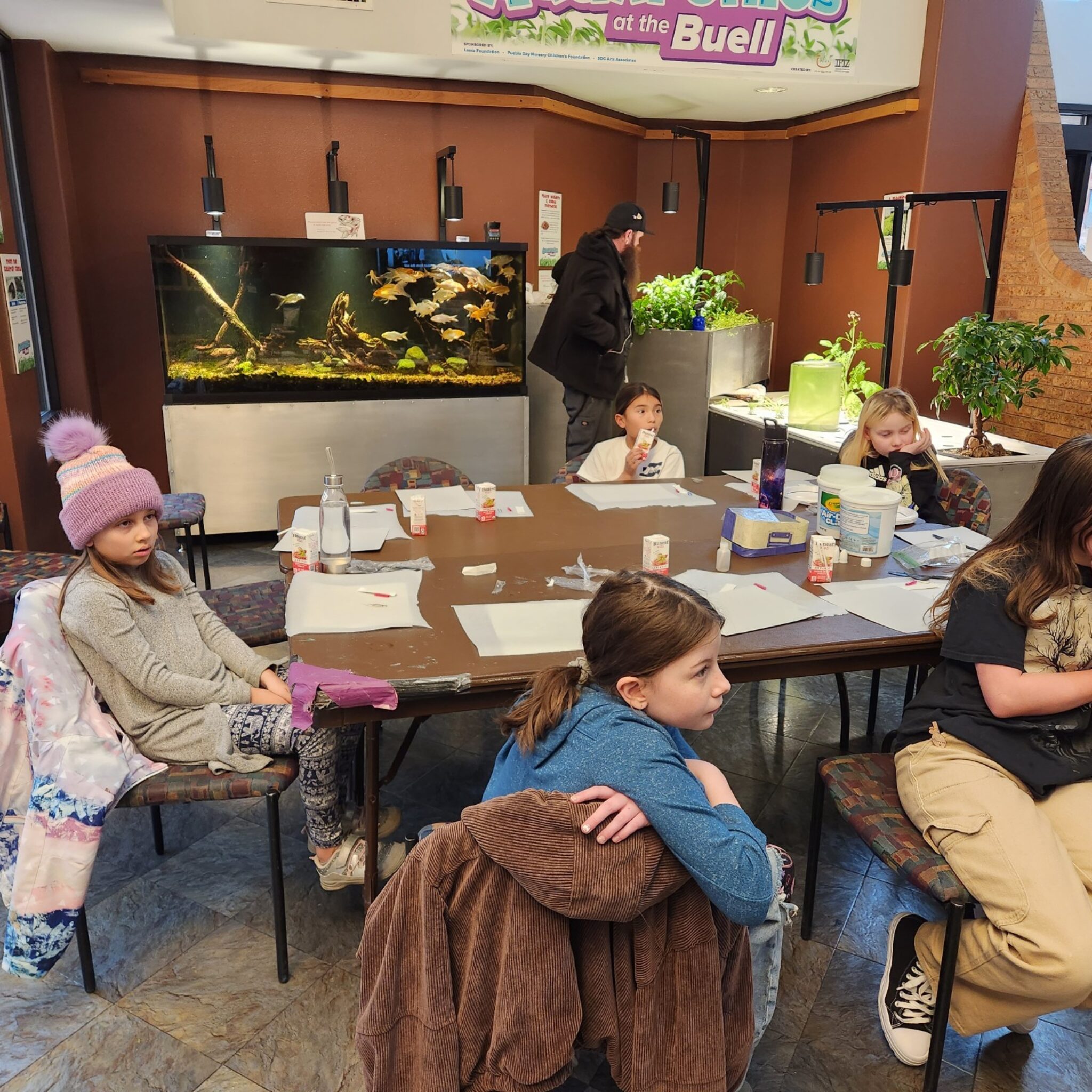
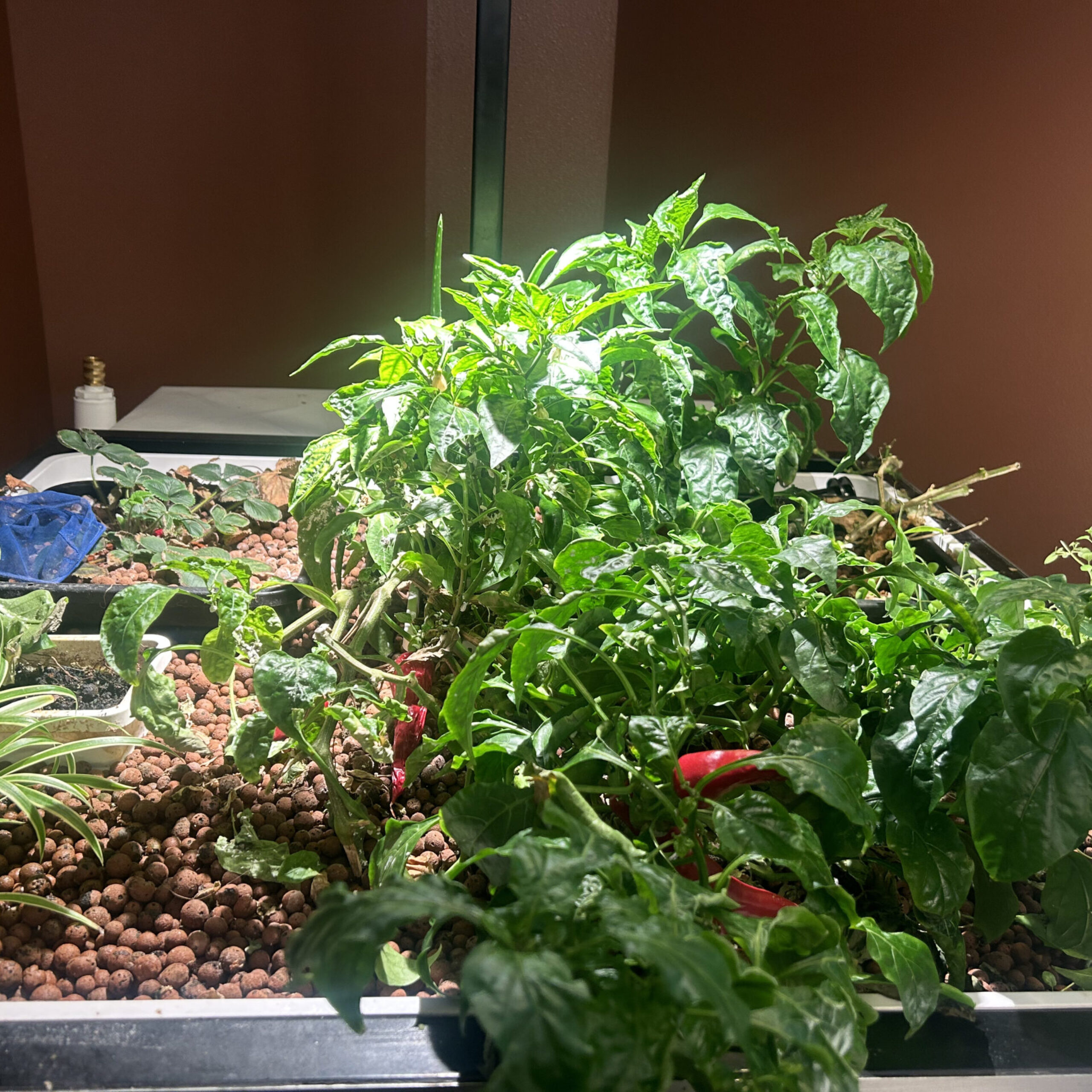
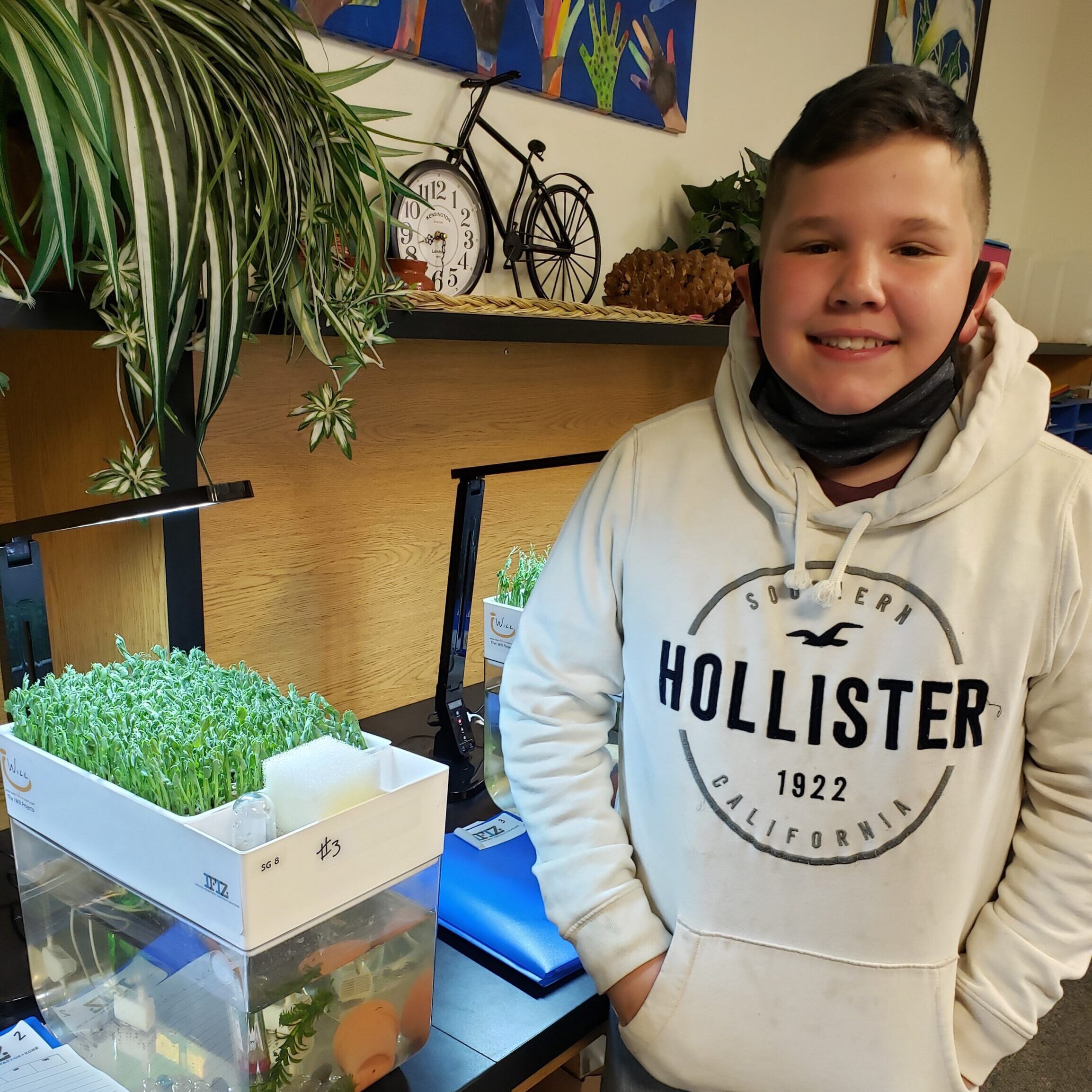
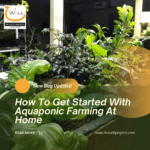
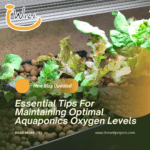
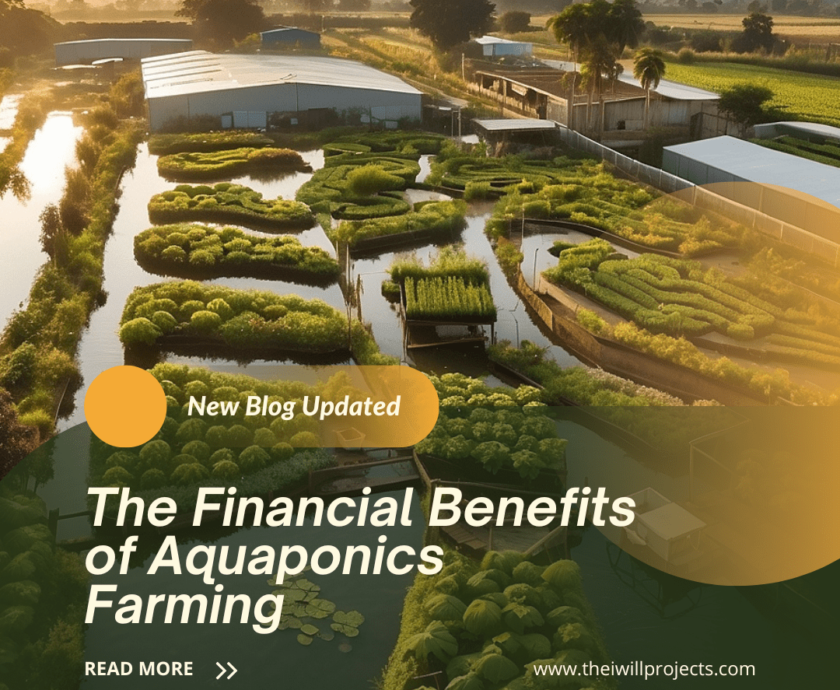
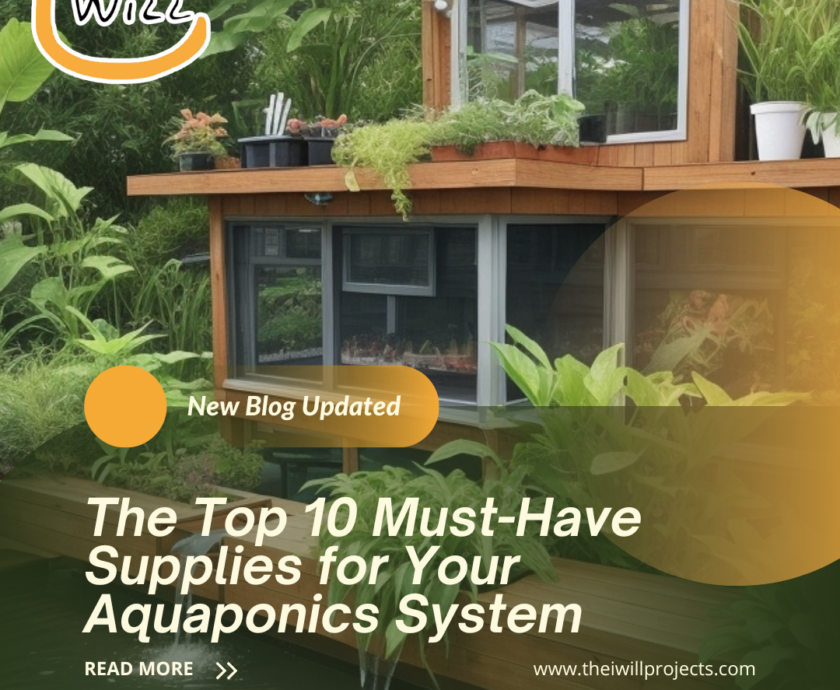
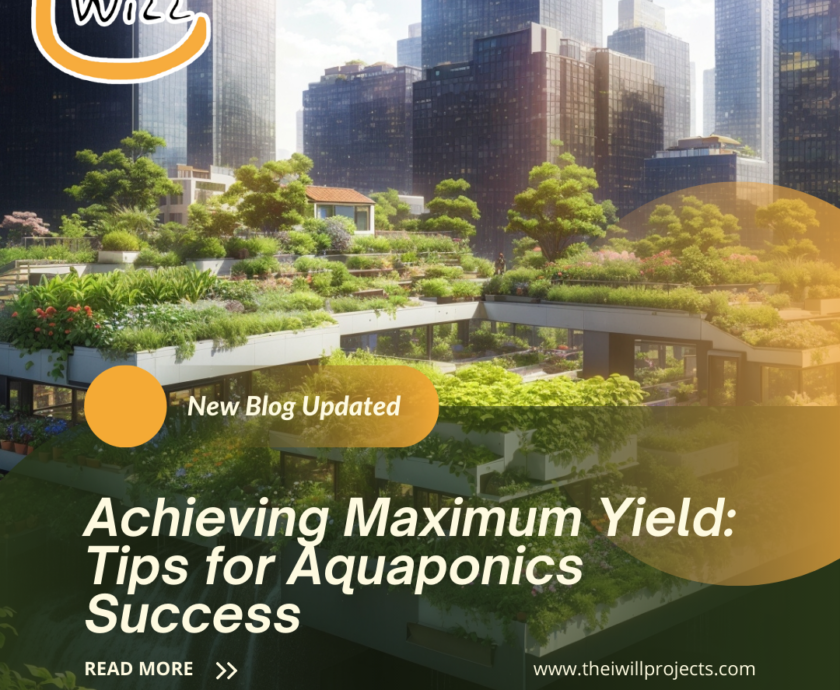
I need to do it for my school
I’m sure your students will appreciate you more for it. Good luck! 🙂